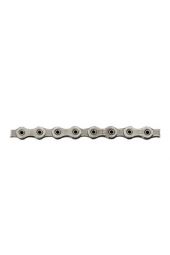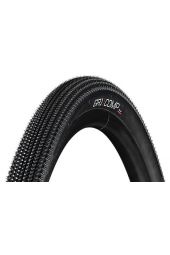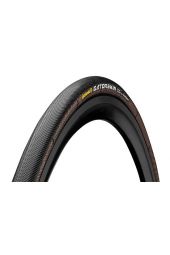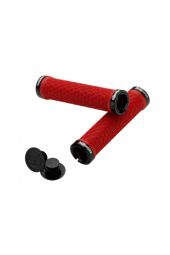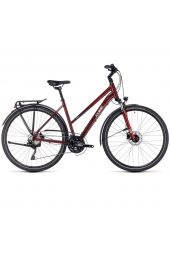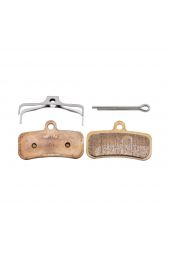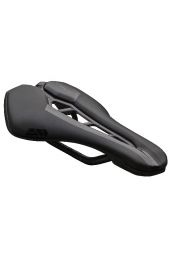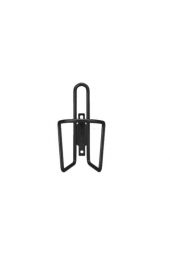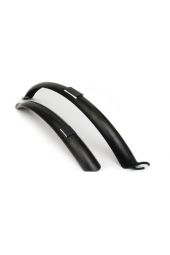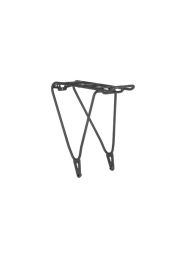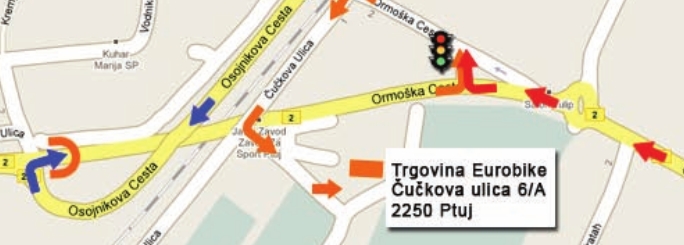We use cookies to make your experience better. To comply with the new e-Privacy directive, we need to ask for your consent to set the cookies. Learn more.
Tips for changing outer tyres and inner tubes
Tips for changing outer tyres and inner tubes:
When the inner tube bursts, keep calm while you are driving, because defects are also part of cycling. If you want to replace the inner tube on yourself in case of a puncture, you must carry along a bag with a spare inner tube, at least two PVC tyre removers, a pump and for bicycles with fixed wheels a tool for loosening the wheel nuts (this is the case especially with older and cheaper bicycles).
When you notice that you have a burst inner tube, stop your ride. Take the above mentioned equipment out of your bag. Undo the brake caliper on the wheel, on which you have the burst inner tube. If you have a puncture on the rear wheel, first shift the chain to the smallest gears (both front and rear sprocket).
Hold the whole bike and unclip the clamp (quick release) at the wheel (on which you have the defect). The wheel then falls out of the frame. If this does not happen, tap the wheel a little bit to fall out. Put the wheel as well as the rest away from the road to a safe place.
Push the first tyre remover between the outer tyre and the rim and the second one a little beside the first one. Then pull out the first remover and then the second one, so that the outer tyre will get out of the rim. Pull the other remover along the rim; you will thereby remove the entire outer tyre from one side of the wheel (the other side of the outer tyre stays on the rim). Check with your fingers the entire inner part of the rim, if there is any disturbing object that pierced your outer tyre. If you've found something, remove it. Check the outer tyre again, because in many cases, the tube bursts due to several foreign objects (thorns, glass,...).
Then check the outer tyre from outside and remove any foreign particles. Unroll the new tube and put it between the outer tyre and the rim, starting at the valve. Then pump up the tube, just so much that it gets round, because this will help that the tube will stuck to the rim. Then press the tube inch by inch under the outer tyre. If you have enough power in your hands, you won’t need the tyre removers! Push the outer tyre back to the rim at the valve and go on with that until you will have done half of the wheel (now you have fixed the outer tyre to the half of the wheel). Then push the valve against the rim and back out to check that there is no tube in between. Go on pushing the outer tyre with your fingers along the rim (because the tube is pumped, it should not get in between the outer tyre and the rim). Find below visualised work steps for help.
It might be easier now to pull a part of the outer tyre with your fingers back to the rim to the other side of the wheel. Now start to press the whole outer tyre back into the rim. If this does not work, lower the air in the tube. With this procedure you will verify that you got the tube between the rim and the outer tyre. Pump up the tube and see if the outer tyre is evenly distributed on the rim (if you turn the wheel, it should remain steady on the rim). Mount the wheel back and fasten the brake caliper. Check if you have fixed the bike correctly and if the wheel is in the center of the frame or fork. Be careful that the brake pads do not touch the rim when the wheel rotates. Put everything you needed back into your bag and check if you have left any parts on the roadside. Because we love the nature, make sure you tidy up all the waste such as the burst tube.
Advice for changing the outer tyre:
Many outer tyres have a direction of rotation. Therefore, please turn the outer tyre in the direction of the shown arrow. On most outer tyres there is also an imprint of the manufacturer. Mount the part with the imprint where the valve is located. That will help you to estimate how far away a puncture is located from the valve. You can then transfer the distance to the part of the outer tyre with the imprint (the best in both directions). Take a very close view and check with your fingers the inside of the outer tyre. If the foreign body is very small, it is sometimes difficult to observe. Also if you found a foreign body, check the rest of the outer tyre, as the outer tyre could have more foreign bodies causing the puncture. If you do not remove all foreign bodies, you will have again a defect in the tube, if not before, at the latest when you start your ride. Check also that the tape between the wheel and the outer tyre is properly installed. Many defects are due to poor, worn out protective tapes. If you have a defect several times and you could not find a foreign body, preventively replace the tape. This is necessarily to do, if you replace a lower quality outer tyre with a higher quality one.
 Slovensko
Slovensko English
English Deutsch
Deutsch

